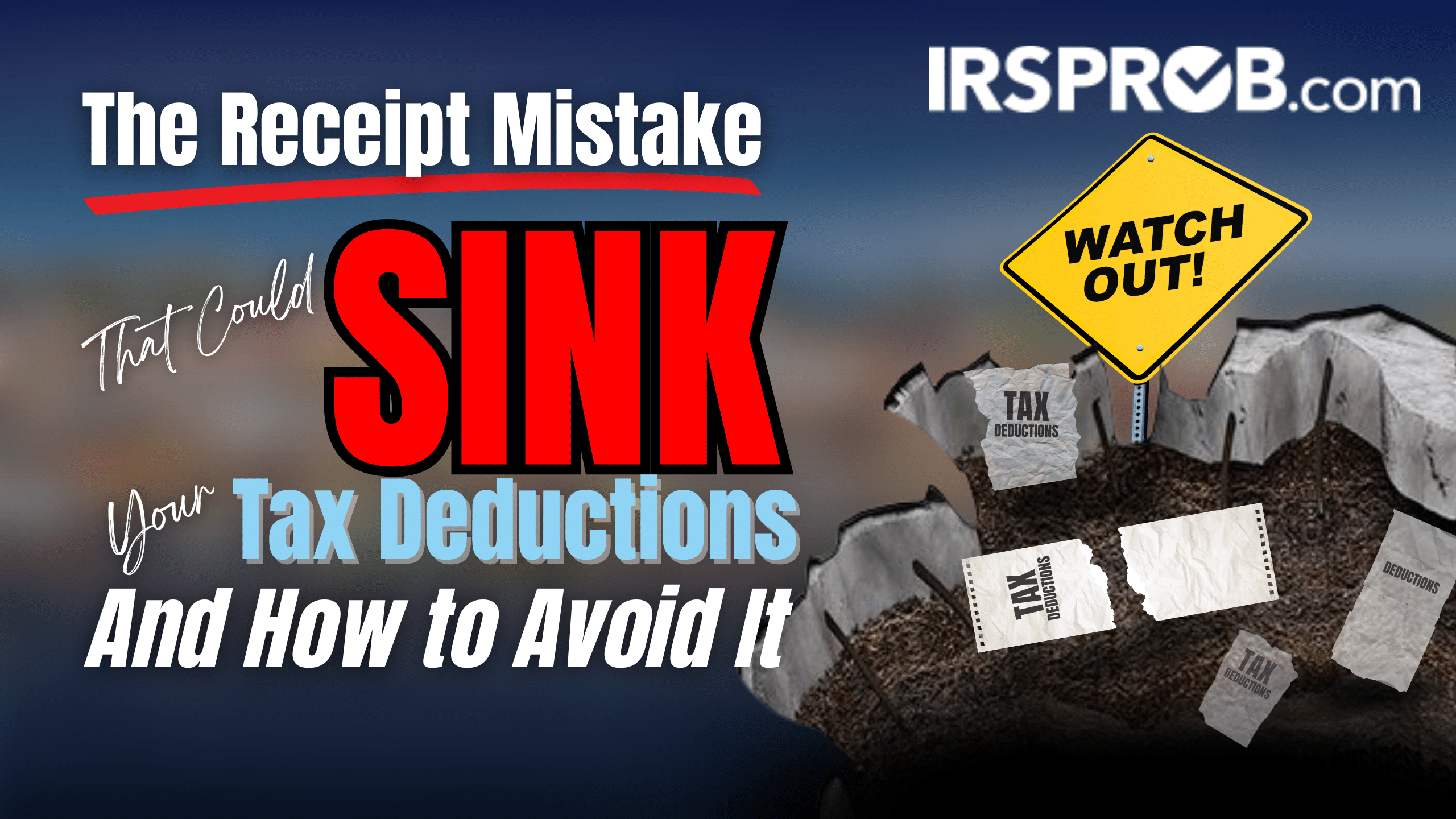
When disaster strikes, such as a tropical storm or other unforeseen calamities, the damage to your investment property can be devastating. To make matters worse, you might find yourself facing an unexpected tax burden if insurance reimbursements or condemnation awards exceed your property’s adjusted tax basis. This situation is referred to as an “involuntary conversion” gain in tax terminology.
The Tax Impact of Involuntary Conversions
An involuntary conversion occurs when your property is destroyed, stolen, or condemned, and you receive insurance or other compensation for the loss. The catch? If the amount you receive is more than your property’s adjusted tax basis, you could be liable for taxes on the difference. However, the tax code offers a strategic way to defer this gain, allowing you to potentially avoid an immediate tax hit.
Strategy: Defer the Gain by Reinvesting
One of the most effective strategies to mitigate the tax impact of an involuntary conversion is to reinvest the compensation you receive into repairing or replacing the damaged property. By doing so within the prescribed timeline, you can defer the taxable gain and avoid paying taxes on it in the current year.
Here’s how it works:
- Repair or Replace the Property: The tax code provides a window of two years from the end of the tax year in which the involuntary conversion occurred to reinvest the compensation. If your property was condemned, the window extends to three years. During this period, you can either repair the existing property or replace it with a similar one.
- File a Tax Election: To defer the gain, you must make a special election on your tax return for the year in which the involuntary conversion event occurred. This election allows you to defer recognizing the gain as taxable income until you eventually sell or exchange the new property.
Understanding the Basis Adjustment
Even if you successfully defer the gain, it’s important to understand how the tax basis of your new or repaired property is affected. The basis of the replacement property will be reduced by the amount of the deferred gain. This means that when you eventually sell or exchange the property, the deferred gain will be recognized at that time.
For example, if you receive $500,000 in insurance proceeds for a property with a $300,000 adjusted basis, you have a potential gain of $200,000. If you reinvest the entire $500,000 into a replacement property, you can defer the $200,000 gain. However, the tax basis of your new property will be $300,000 (the original basis), not $500,000. When you sell the new property, that $200,000 gain will become taxable.
Additional Considerations
Special rules may apply if your property is located in an area designated as a federal disaster area. These rules can provide additional time or more favorable tax treatment, so it’s crucial to consult with a tax professional to navigate the complexities of these situations.
Furthermore, if you’ve already reported the gain from an involuntary conversion on your tax return but later decide to reinvest the proceeds, you can file an amended return to claim a refund. The key is to ensure that the reinvestment occurs within the allowable time frame and that all necessary elections are properly filed.
Final Thoughts
While the aftermath of a disaster is challenging enough, understanding the tax implications of an involuntary conversion and taking advantage of available tax deferral opportunities can significantly reduce your financial burden. By reinvesting insurance proceeds into repairing or replacing your damaged property within the allotted time, you can defer the taxable gain and protect your investment.
Always consult with a tax professional to ensure you’re making the most informed decisions and complying with all applicable tax laws, especially when dealing with complex situations like involuntary conversions.









